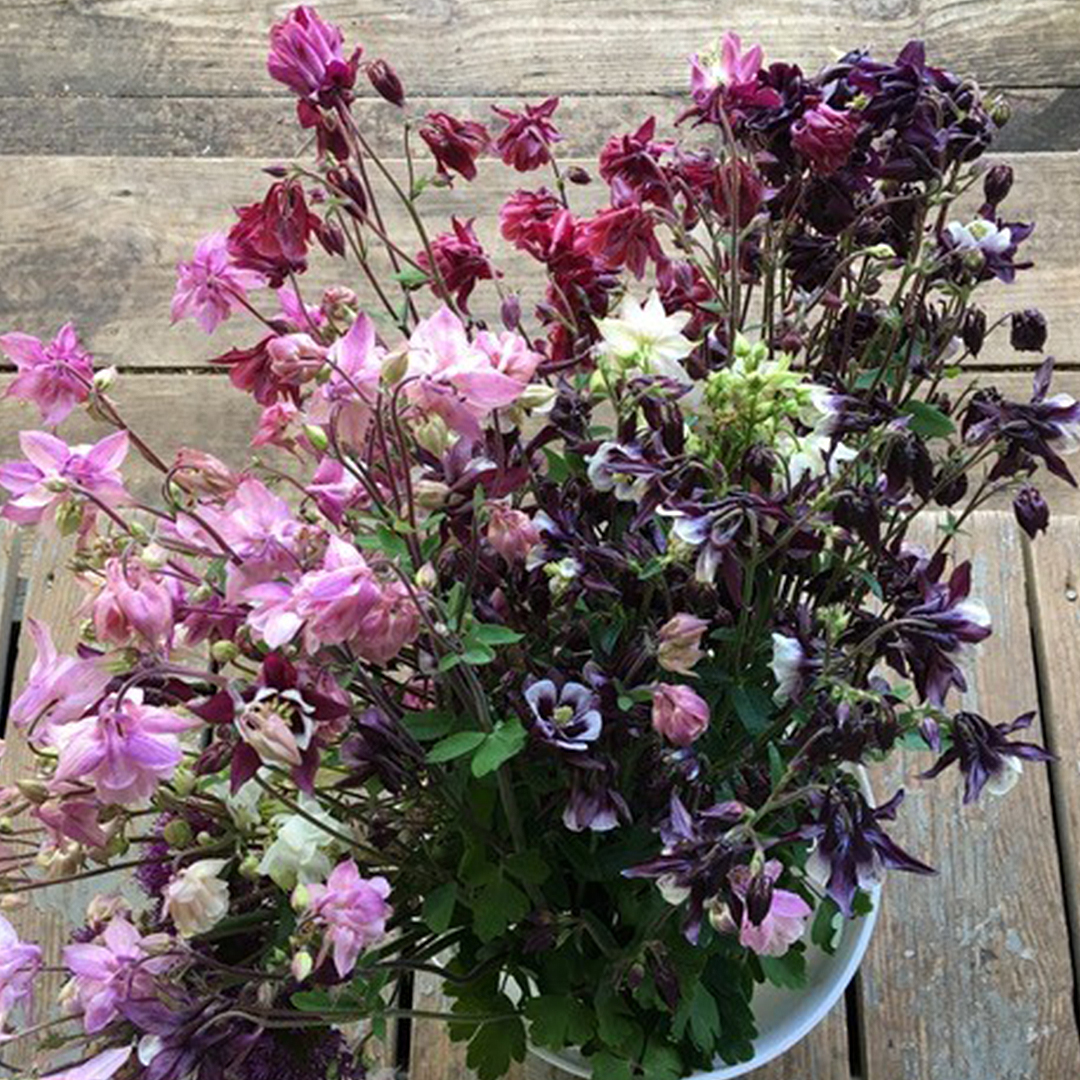Have you ever felt completely lost when trying to decipher the Latin (and/or Greek) botanical names of plants? When I first started my flower farm, I made myself read and memorize every botanical name for every species I grew. It made my brain hurt, but after a while, I started noticing similarities and the reasoning behind the nomenclature began to make sense. It’s like looking at a Where’s Waldo? picture: Suddenly the chaos disappears as the image snaps into focus.
What’s in a name?
Many gardeners simply use the common names for the plants in their gardens. But these names are often regional and can refer to different plants all together. In some areas of the country, “spirea” refers to Astilbe, the herbaceous shade perennial, while in other parts of the country, it refers to the woody perennial flowering shrub. Using the correct botanical names can cut through a lot of confusion.
There are seven levels of organization to identifying a particular plant, beginning with Kingdom. For now we’ll concentrate on the last three: family; genus; and species. (There are sometimes sub-categories below species, but they usually refer to a cultivar or hybrid.)
Family
You’ve probably seen the name “Asteraceae.” This is one of the most common families of flowering plants, encompassing all daisy-flowered plants, from the largest sunflowers to the tiniest wild aster. Two other familiar family names are “Violaceae” and “Liliaceae,” violet and lily forms, respectively.
Family names can help you identify a new plant. If you’re out on a hike and find a lovely wild daisy, you know to start looking in the Asteraceae family. In addition to flower forms, there are several identifiers that place a plant in a particular family. These include: Where the seeds are located, how they will look, and how to germinate them ‒ these are just a few of the similarities in a plant family.
Genus
This is where you really begin to see the differentiation of plant types, from Aquilegia to Zinnia. These are the names by which you will narrow down your search for a particular flowering plant (also known as angiosperm).
Species
This name tells you what kind of Aquilegia (common name: columbine) you’re growing. There are literally dozens of different species! So if you want to finish your native garden with some aquilegia, you will most likely look for A. canadensis. which has red nodding blooms and is native to Tennessee. If, on the other hand, you want something frillier with upward-facing blooms in a mix of colors, you might grow A. vulgaris, “Barlow Mix” (which is what I’m growing this year). In this case, “vulgaris” is the species, and “Barlow Mix” is the cultivar or variety of this species.
(Note: When the genus has already been stated in a paragraph, you may abbreviate it in following sentences while referring to the species in full, as I have done above.)
I hope this gives you a place to start the next time you’re flummoxed when trying to identify a particular plant. It really can be fun, and will give you a much deeper understanding of the magical world of flowering plants!
Happy Gardening!

Laura Bigbee-Fott is a Davidson County Master Gardener. She owns Whites Creek Flower Farm and runs a floral event and wedding design business called Everything Blooms.

